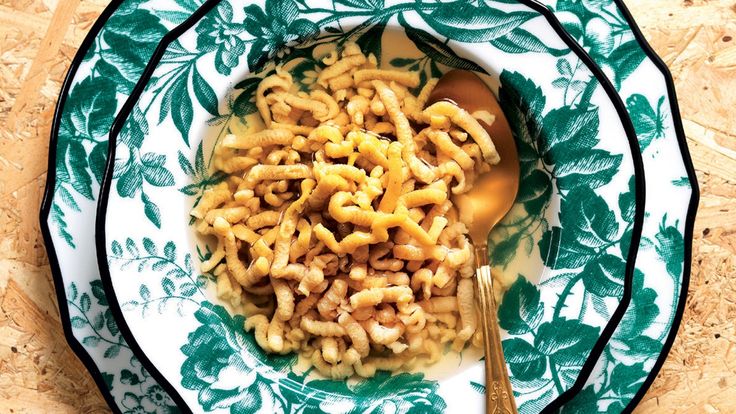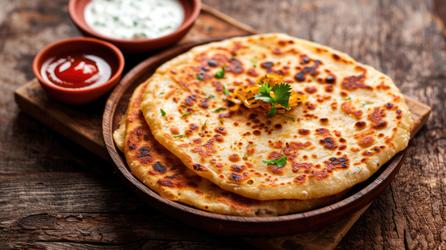meatthesavages.com – Passatelli, a delicate and flavorful pasta hailing from the Emilia-Romagna region of Italy, is a culinary treasure that has been passed down through generations. Unlike traditional pasta, which is made with flour and water, Passatelli is crafted from a unique combination of breadcrumbs, Parmesan cheese, eggs, and nutmeg. This distinctive composition results in a pasta that is light, fluffy, and incredibly satisfying.
A Culinary Masterpiece
The process of making Passatelli is both an art and a science. The ingredients are carefully combined and grated into a fine mixture, which is then extruded through a special tool called a “passatelli maker.” This tool, which resembles a large syringe, shapes the mixture into long, thin strands. The Passatelli are then cooked in boiling water until they rise to the surface.
A Versatile Dish
Passatelli is a versatile pasta that can be enjoyed in a variety of ways. Traditionally, it is served in a clear broth, often enriched with chicken or vegetable stock. This simple yet elegant preparation highlights the delicate flavor of the pasta itself. However, Passatelli can also be paired with rich and flavorful sauces. Some popular options include:
- Ragù alla Bolognese: A hearty meat sauce that complements the light and fluffy texture of Passatelli.
- Butter and Sage: A classic Italian pairing that adds a touch of simplicity and elegance.
- Pesto Genovese: A vibrant green sauce that adds a burst of flavor to the dish.
A Culinary Experience
Passatelli offers a unique and unforgettable culinary experience. Its delicate texture and subtle flavor make it a perfect choice for a light and refreshing meal. Whether you choose to enjoy it in a simple broth or with a rich and flavorful sauce, Passatelli is sure to delight your taste buds.



